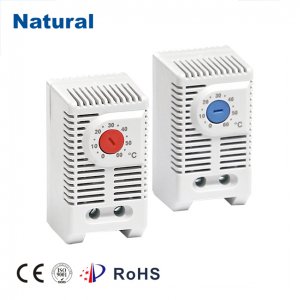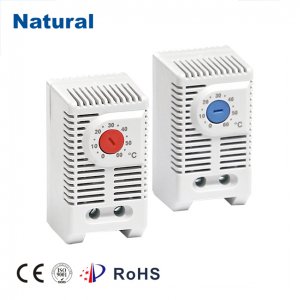A control panel thermostat is an essential device used to regulate the temperature of a building, ensuring a comfortable and energy-efficient environment. It is commonly found in both residential and commercial settings, providing users with the ability to maintain a desired temperature in their home or workplace. This article explores the functionality, benefits, and importance of control panel thermostats, shedding light on how they contribute to improved comfort, energy savings, and overall building management.

What is a Control Panel Thermostat?

A control panel thermostat is a temperature regulation system that allows users to set, monitor, and adjust the temperature of their living or working space. Typically installed in heating, ventilation, and air conditioning (HVAC) systems, control panel thermostats allow for precise control of temperature through a centralized interface. The “control panel” refers to the user interface, which is typically a digital or analog screen that provides the ability to adjust settings, while the thermostat itself is responsible for sensing and regulating temperature. These thermostats are connected to a heating and cooling system, which can be activated or deactivated based on the preset temperature. Control panel thermostats come in various designs and features, with some models offering basic manual controls, while others boast smart capabilities with Wi-Fi connectivity, remote control access, and advanced programming features.
